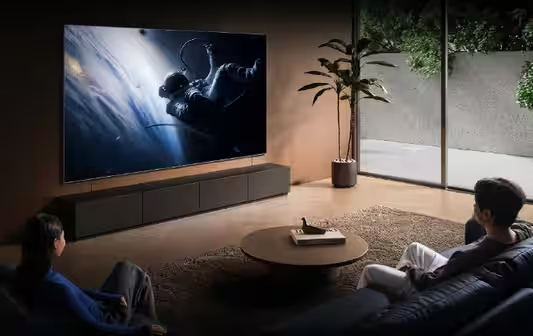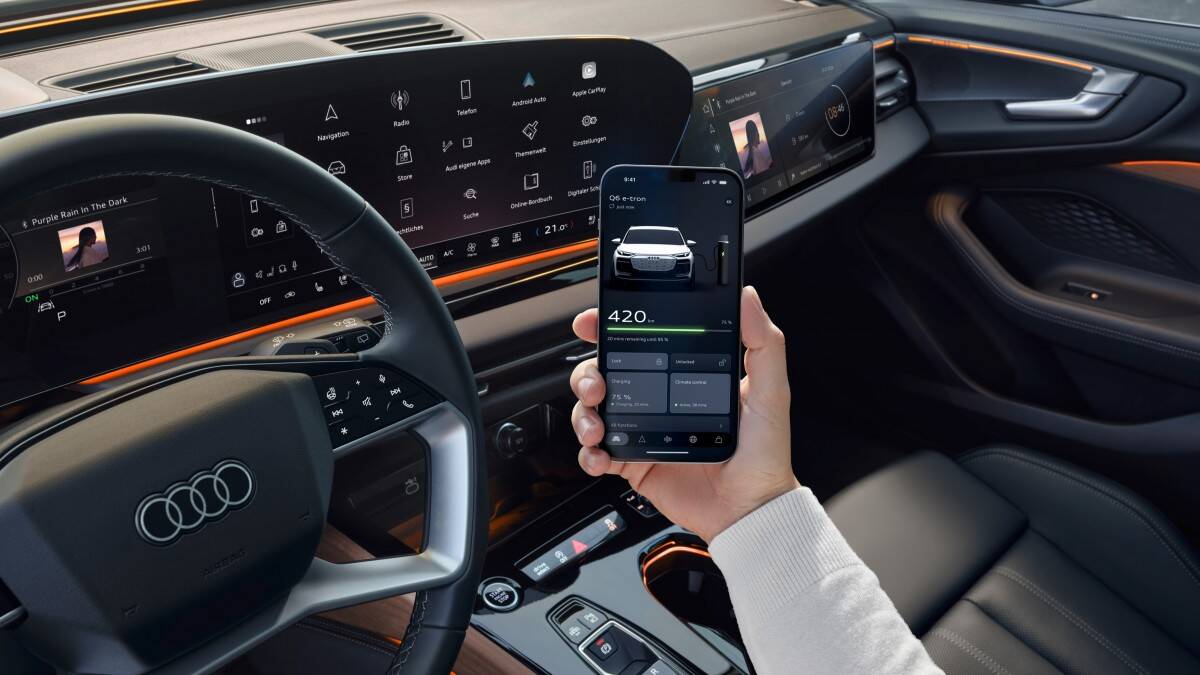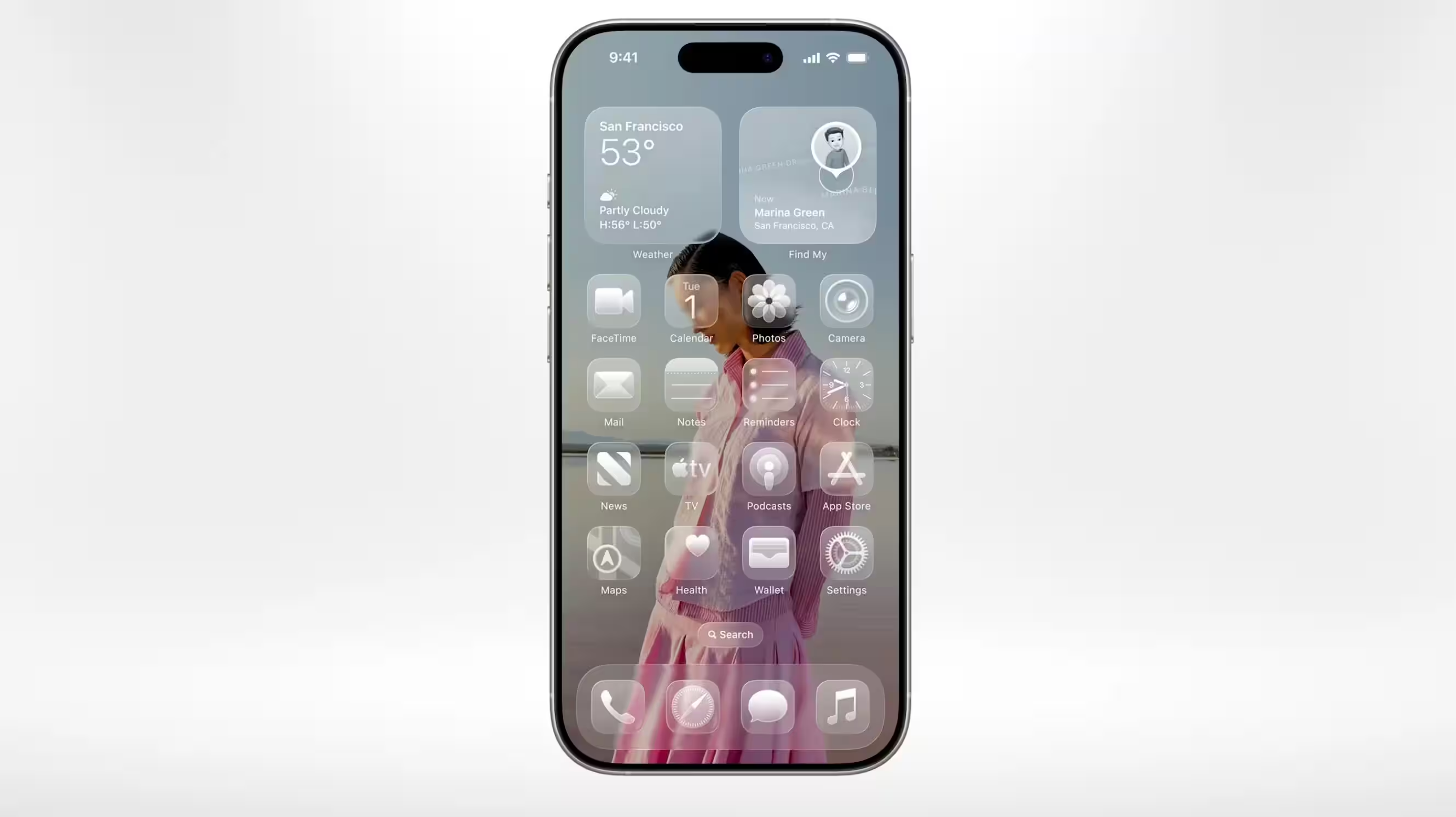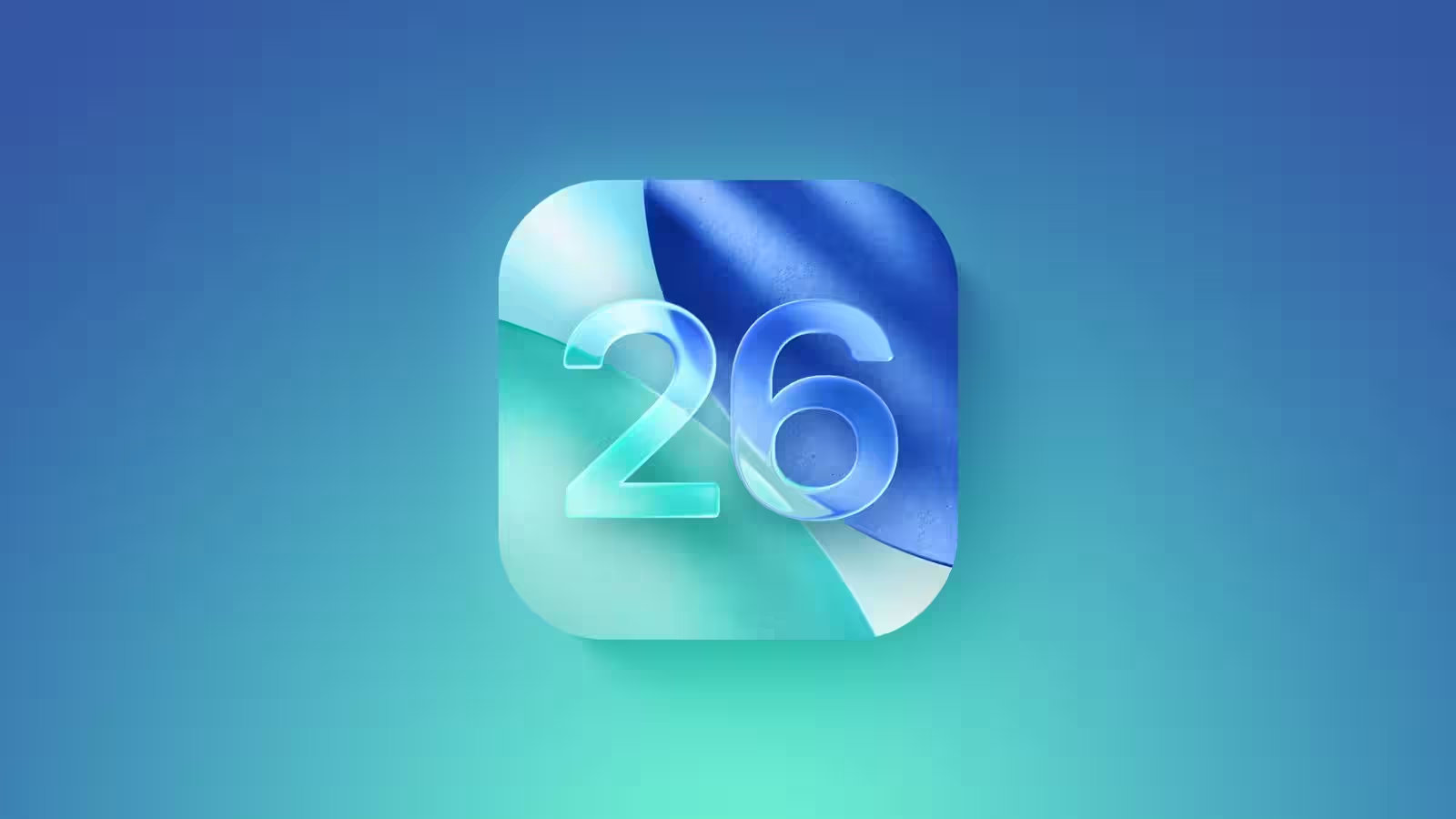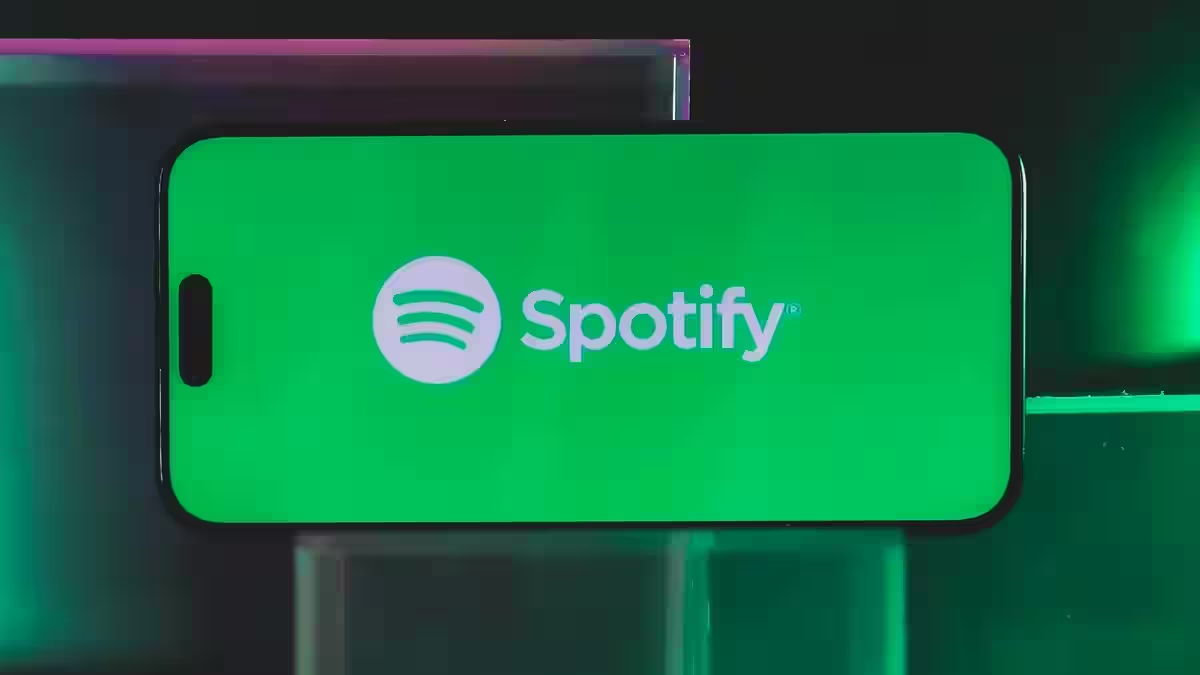Google is shutting down a project that would have made it easy to run ChromeOS on Android
A recent news disappointed many Google fans and Android users: the company has stopped developing a project called «Ferrochrome» that promised to greatly enhance the capabilities of Android devices by allowing ChromeOS to run. Android smartphones have enough power to perform tasks that would normally be done on a PC, but the Android operating system has its limitations. The Ferrochrome project could change that by providing the ability to run ChromeOS directly on Android.
The Ferrochrome project could change that by providing the ability to run ChromeOS directly on Android.
Project Ferrochrome: a lost opportunity for Android
Earlier this year, Google showed off ChromeOS running on the Pixel 8, made possible by the improved virtualization capabilities introduced in Android 15. However, according to Android expert Mishaal Rahman, the Ferrochrome project has been canceled and further development has been halted. Rahman discovered this change in code submitted to the AOSP Gerrit repository.
Android 15 has been canceled.
Although this change has not yet been officially implemented, it removes the Ferrochrome app from AOSP entirely. The reason Google has dropped the app is because the company no longer plans to release or support it. Instead, Google apparently intends to focus on using the Debian-based Linux distribution as a testbed for developing the Android Virtualization Framework (AVF) rather than ChromeOS.
At this point, it’s no longer a ChromeOS app.
The Ferrochrome project began in June, and while it was initially described as just a demo, it raised hopes that Google could eventually introduce it to the general public. It was reported that the app could automatically download, configure and run a build of Chromium OS for ARM64 through a virtual machine launcher app, making the process as simple as possible for the user.
Why Google abandoned Ferrochrome.
The reasons why Google decided to shut down the Ferrochrome project are still completely unclear. The development difficulties associated with keeping ChromeOS stable and performing well on various Android devices may have been a factor. In addition, Google may have decided to focus resources on more promising areas, such as the development of Linux-based systems, which offer more flexibility and are better suited for AVF testing and development.
However, Google has also decided to focus its resources on more promising areas, such as the development of Linux-based systems that offer more flexibility and are better suited for AVF testing and development.
This move comes as a real disappointment to those who were hoping for even more ChromeOS and Android integration. The ability to run ChromeOS on Android could have opened up many new use cases for smartphones, bringing them closer in functionality to full-fledged PCs.
The move is a real disappointment to those hoping for even more integration between ChromeOS and Android.
Running ChromeOS on Android is still possible
Despite the cancellation of Ferrochrome, Google hasn’t abandoned the Android Virtualization Framework (AVF) on which the project was built. AVF has been around since Android 13, but Android 15 introduced support for running graphics operating systems with hardware GPU acceleration. So the ability to run ChromeOS on Android still technically exists, thanks to improvements in virtualization. However, users will have to put a lot more effort and customization into realizing this feature.
Android 15 has introduced support for running ChromeOS on Android.
So using ChromeOS on Android devices becomes possible, but without the convenient «one-click» solution that Ferrochrome promised. That would require users to have a deep understanding of virtualization and manual configuration, making such an option available only to tech-savvy enthusiasts.
And that would require users to have a deep understanding of virtualization and manual configuration, making such an option available only to tech-savvy enthusiasts.
What’s in store for the Android Virtualization Framework (AVF)?”
.
Android Virtualization Framework continues to evolve and become increasingly important to the future of Android. With the addition of GPU acceleration support in Android 15, AVF opens up new perspectives for running more complex operating systems and applications. While Ferrochrome will no longer be a part of this development, AVF remains an important element of the Android ecosystem and may offer other interesting features and capabilities in the future.
Android Virtualization Framework continues to be an important part of the Android ecosystem.
Closing thoughts: the loss of the Ferrochrome project and a look to the future
The closure of Project Ferrochrome was unexpected news, especially considering all the benefits it could have brought to Android users. Google probably decided that at this stage, combining ChromeOS and Android wasn’t worth the resources and risks involved. However, those interested in using ChromeOS on their devices can still do so using the Android Virtualization Framework, but more manual work will be required.
Android Virtualization Framework.
It’s unclear whether we’ll see a Ferrochrome counterpart or another project in the future that will make ChromeOS integration with Android more convenient and accessible. But advances in virtualization technologies like AVF continue to bring innovation to the Android ecosystem, and perhaps one day Google will offer something even more interesting and useful for users looking to maximize the functionality of their devices.


